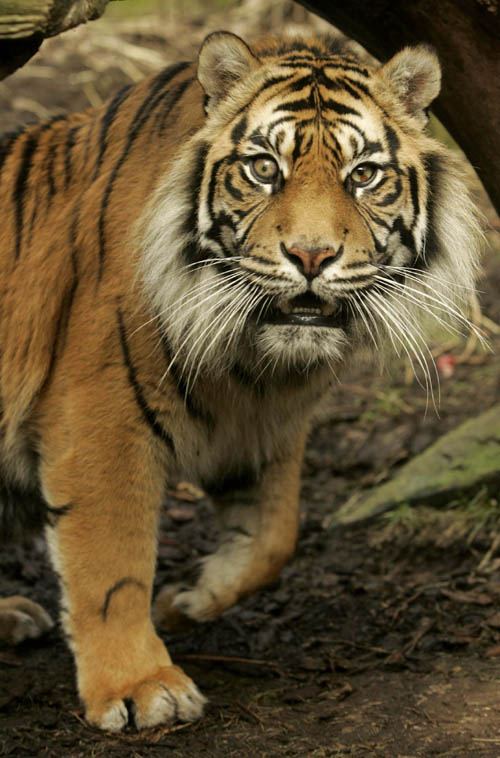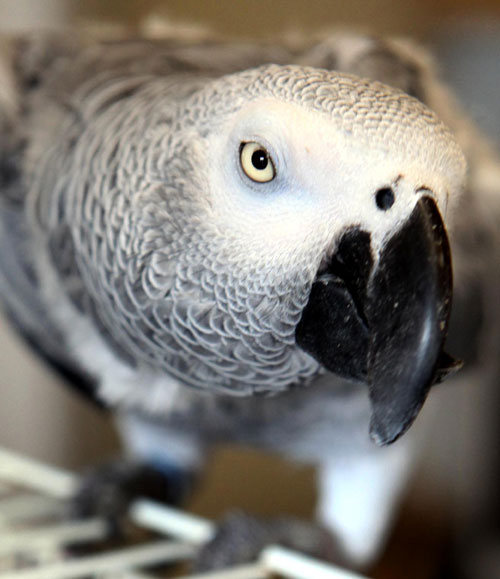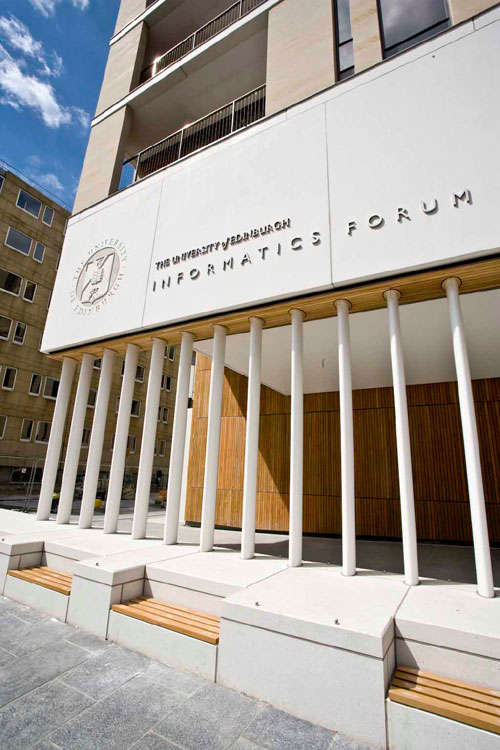A Scottish study of how people can quickly spot animals by sight is helping uncover the workings of the human brain.
Scientists examined why volunteers who were shown hundreds of pictures – some with animals and some without – were able to detect animals in as little as one-tenth of a second.

They found that one of the first parts of the brain to process visual information – the primary visual cortex – can control this fast response, rather than more complex parts of the brain being required, as previously thought.
The findings suggest that when people look at a scene for the first time, the brain’s immediate responses can categorise it based on small areas of shape and texture.
Other parts of the brain then use more complex processing, which takes longer, to work out the objects being seen.

Researchers at the University of Edinburgh and the Aix Marseille Université used data from previous studies in which volunteers looked at hundreds of images.
They ran computer programmes to mimic and analyse the processing of the primary visual cortex as the images were viewed.
They showed that the programme could quickly distinguish images with animals, which have more curved edges and textures, from images of outdoor scenes, which have longer, straighter edges on average.

The discovery could help inform the development of image-based internet search engines, by enabling computer programmes to classify images according to their geometry.
It was previously thought that complex parts of the brain were required for analysing images, with categories – such as animals – only being detectable at a late stage in the process.

Dr James Bednar, of the University of Edinburgh’s School of Informatics, who took part in the research, said: “These results have far-reaching implications for explaining our sensory experience.
“They show that whenever we open our eyes, enter a room, or go around a corner we can quickly get the gist of a scene, well before figuring out exactly what we are looking at.”

